
TREE SURGERY SERVICES
We offer a complete arboriculture service for domestic and commercial clients which includes shaping, pruning, crown thinning, crown raising or crown reduction.
Crown Work
Crown reductions: this is where the crown of the tree is reduced in size for a number of reasons, maybe the tree has outgrown its location or has become vulnerable to wind damage due to a neighbouring tree being removed, either way reducing a tree’s crown is a useful way of downsizing the trees overall spread.
Crown thinning: this is a method of removing some of the secondary and damaged limbs within the crown of the tree which in turn allows more light through the tree and in certain circumstances can aid the passage of the wind through the tree.
Crown lifting: by raising the lower limbs making sure that not too much of the crown of the tree is not removed can be a good method of allowing more light under the tree for a number of reasons, to increase light into flower beds etc or to allow access to the base of the tree.

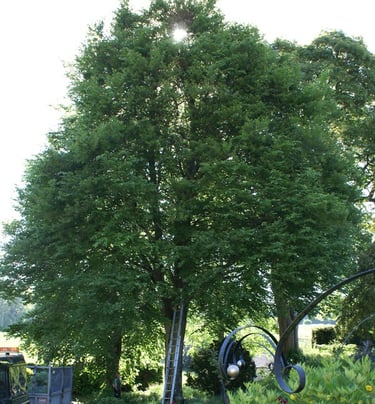
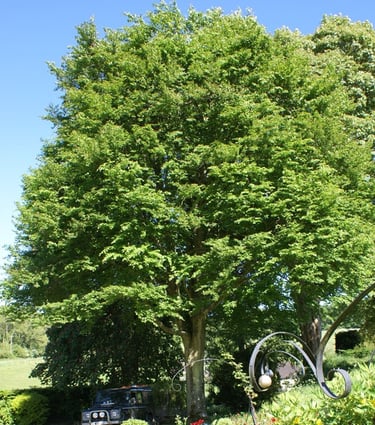

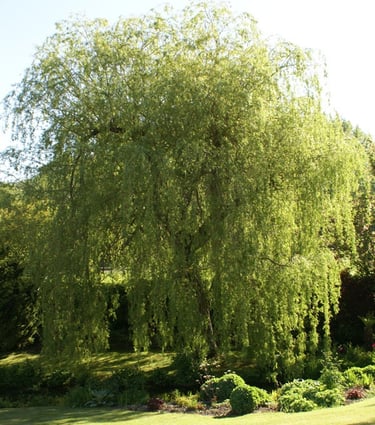


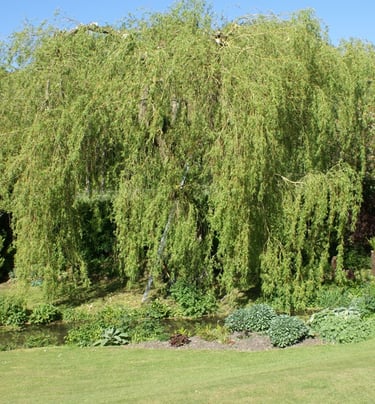
Dismantling
This method is used to take a tree down that is situated in a confined space where felling is not an option. The tree is first climbed to set a line then the climber descends to the lowest limbs of the tree and works his way back towards the crown removing the limbs as he ascends. Sometimes this is done with the aid of a lowering rope or crane.
Once all the crown has been removed the butt is then section felled or lowered until finally, the climber reaches ground level.
Here are some images from a job we did where we used a crane to move sections of the tree over the power lines to the field across the road.
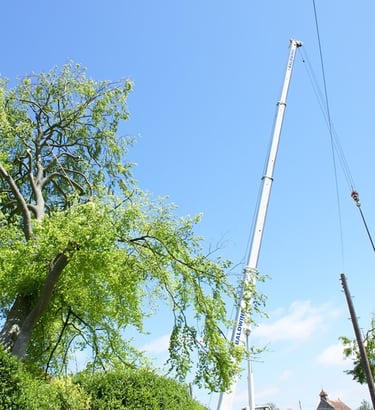

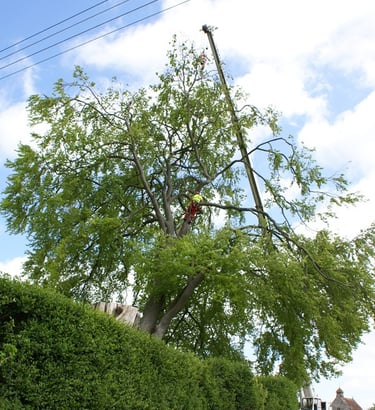

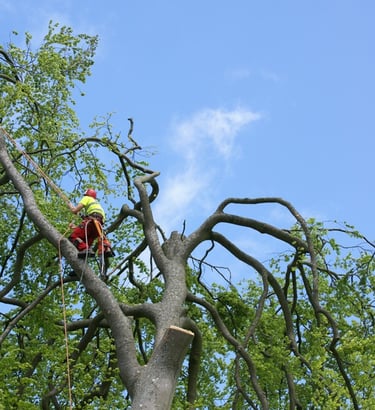

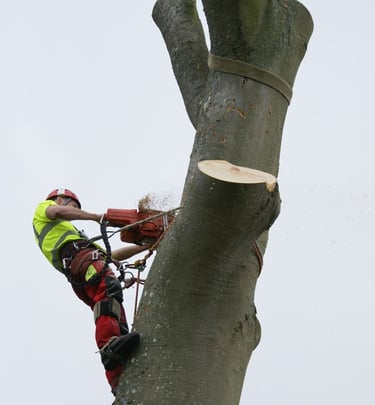

Bracing
In some cases a tree with a possible weak branch union can be supported by a non-invasive brace this should be done in conjunction with some sensitive weight removal to the suspect limb plus the braces should then be inspected on a regular basis, once every two years or so and may require further weight reduction as the tree puts on growth.
This system should not be used in the case of a major fault.

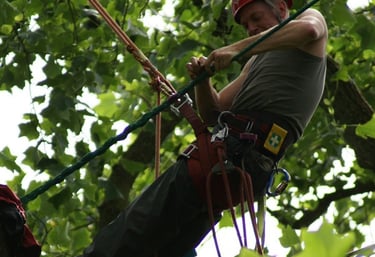
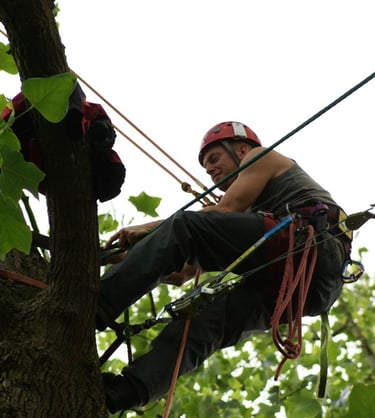

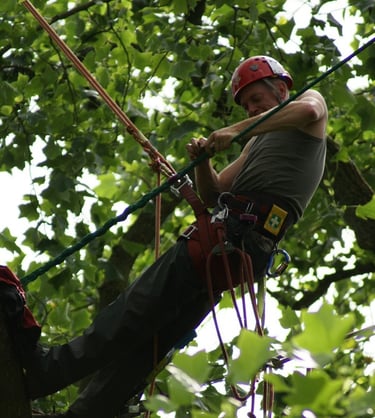

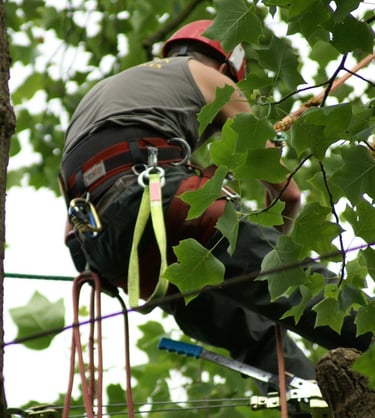

Deadwooding
Removing the deadwood within the crown of the tree helps to decrease the likelihood of any disease getting hold and stops the possibility of falling dead wood injuring persons or property, it also allows the arborist to have a good look around the tree during the dead wooding for any other faults or weak limb unions.
Inspections
The company carries out inspections on individual trees through to surveys on whole groups of trees where necessary. The inspection follows a set format of looking in detail at your tree from the roots up through the trunk to the top of the crown, in the most detailed inspections the tree is climbed to collate information.
There a number of reasons for an inspection of your tree, it may be that the tree is showing poor signs of health which in identifying the problem a course of action can be agreed on, it could be that the tree or trees are in a location that requires an inspection to allay any liability concerns or maybe there is a proposed planning project so the inspection highlights any precautions that need putting into place to protect the tree.
Pictures below are some of the fungi we look for during our inspections.
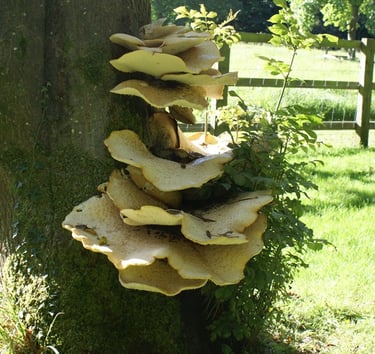

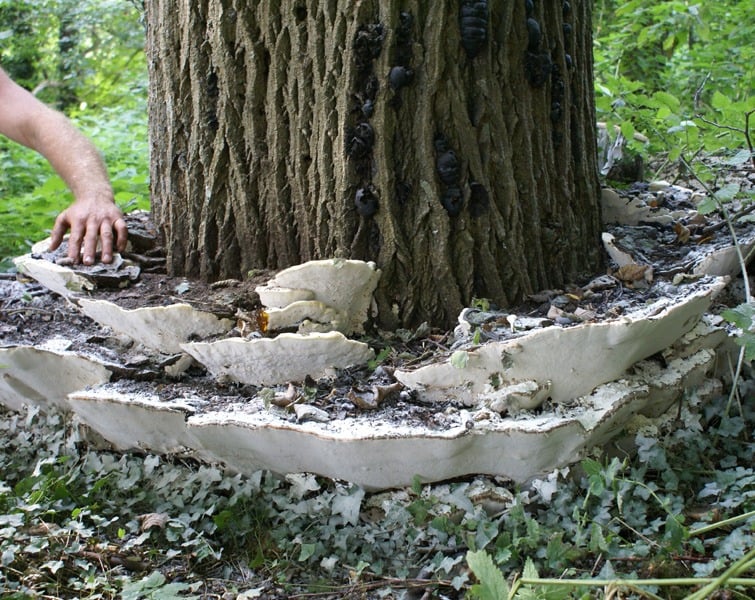



Perinniporia fraxinea
Consequence: fracture at base
Polyporus squamosus
Consequence: ductile fracture
Ganoderma applanatum
Consequence: ductile fracture, windthrow after wind fracture
